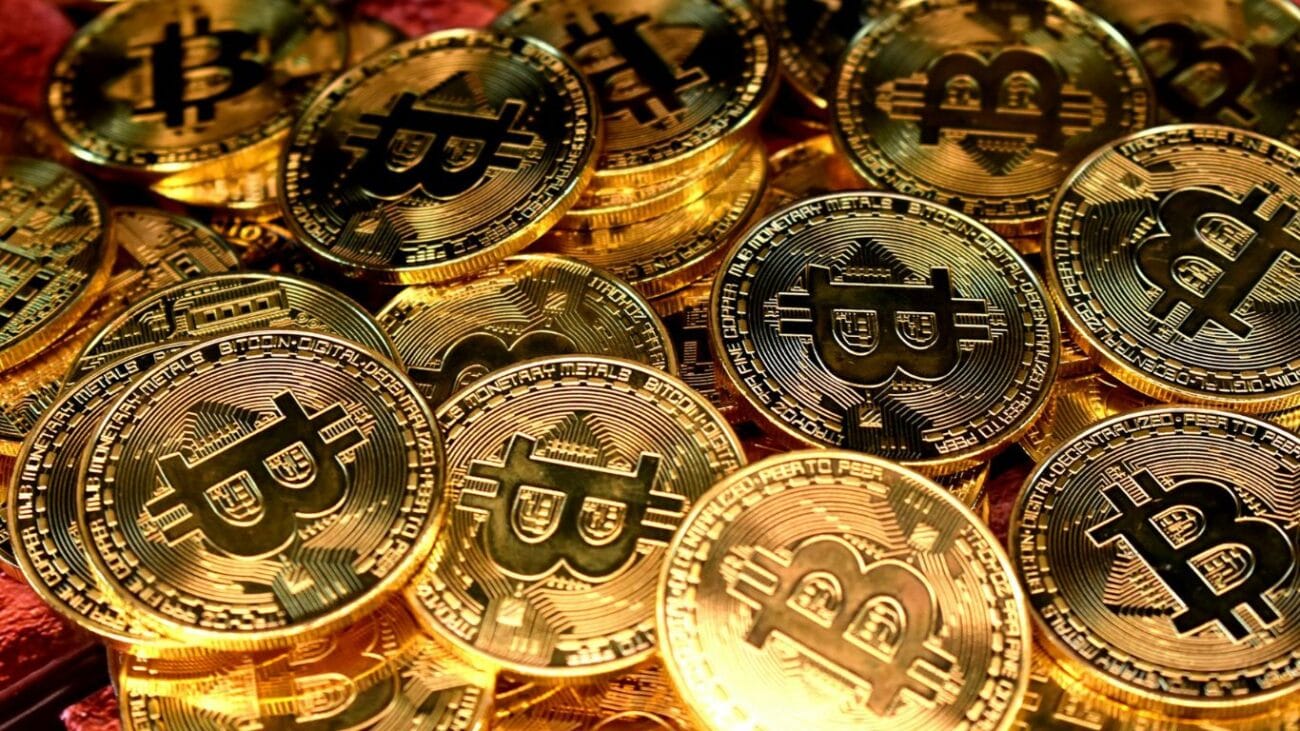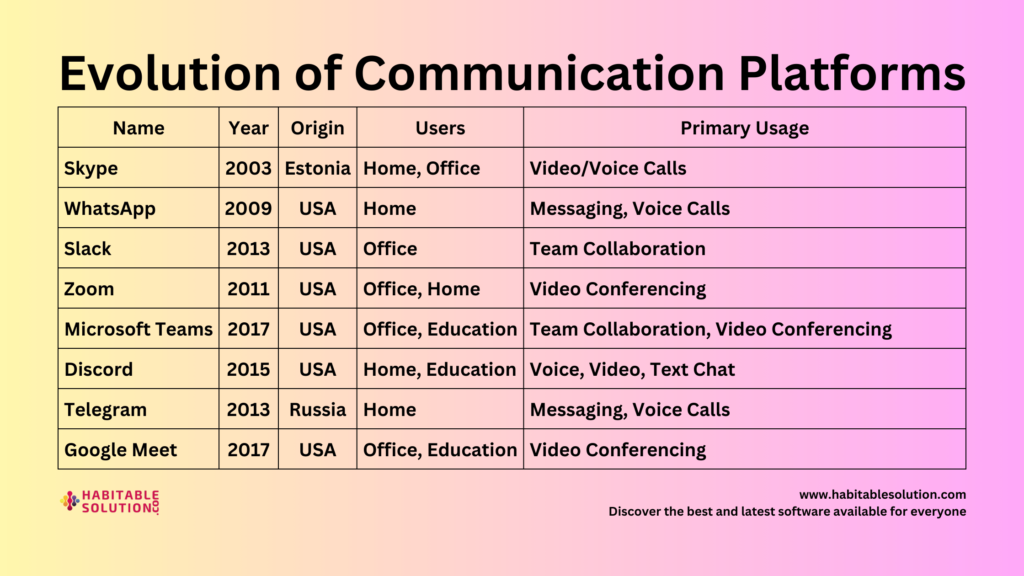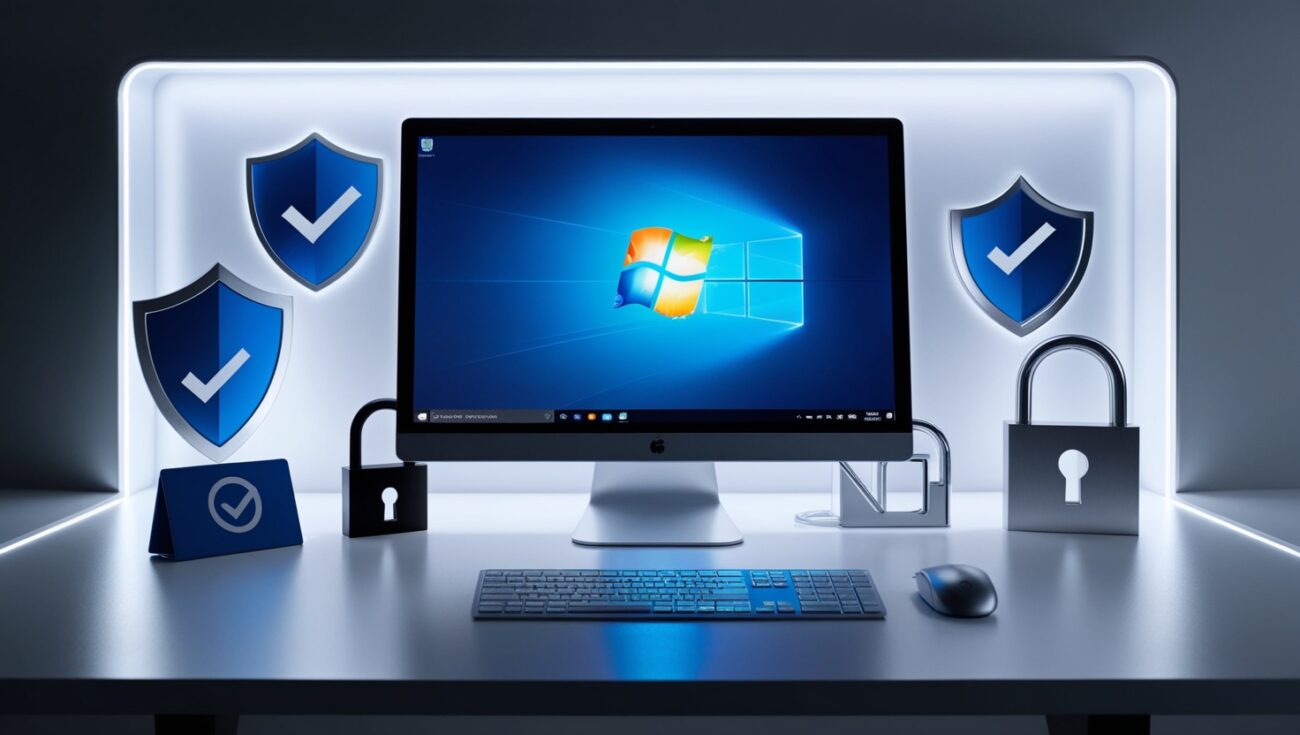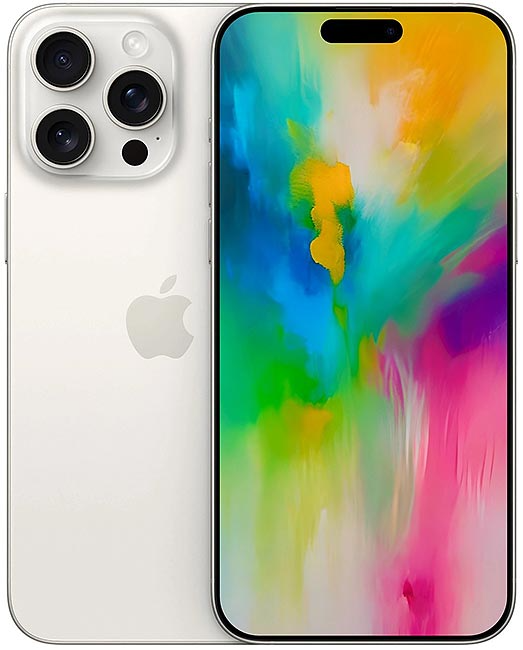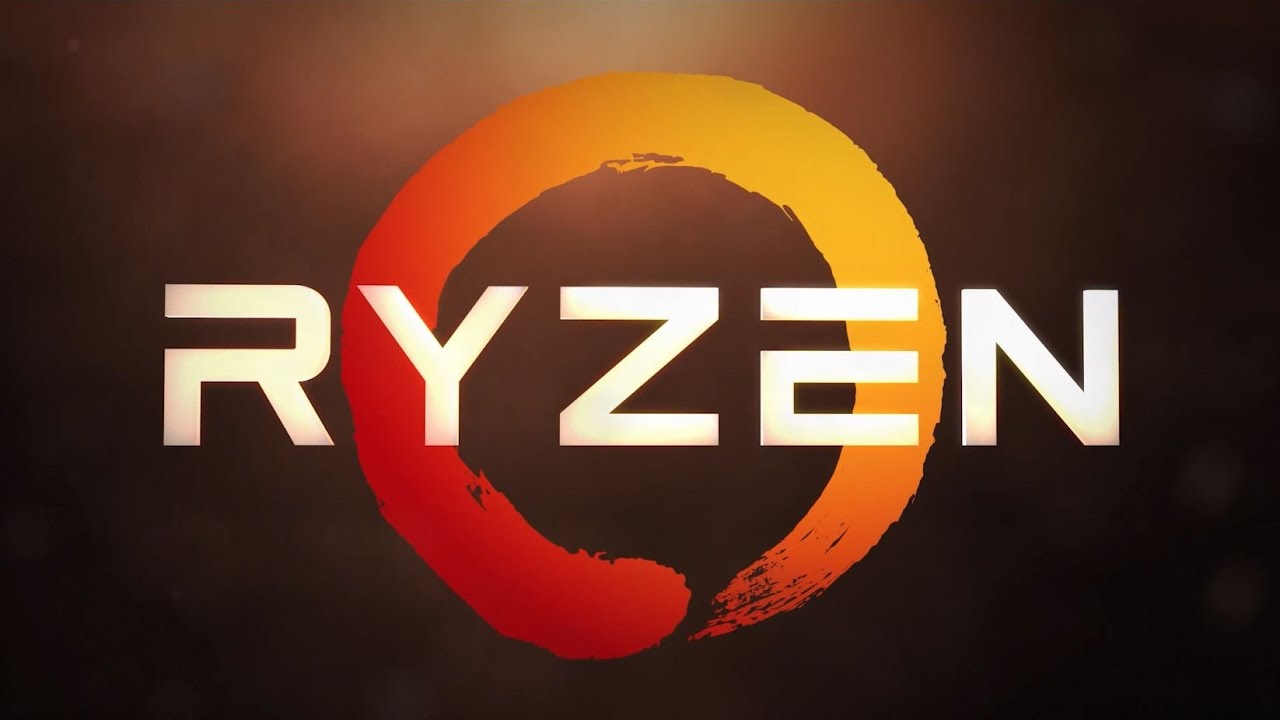Still think Bitcoin is “internet money for nerds”? Think again. Here’s the definitive guide that will not only explain what Bitcoin is but why it’s rewriting the rules of global finance—forever.
Written by Tahsin Tariq | Habitable solutions
🔹 Chapter 1: A Currency Born from Crisis
In 2008, the global financial system was in chaos. Major banks collapsed. Entire economies went into freefall. Trust in centralized financial institutions was at an all-time low. Amid this turmoil, a document quietly appeared on a cryptography mailing list. It was a whitepaper titled: “Bitcoin: A Peer-to-Peer Electronic Cash System”, authored by the enigmatic figure known only as Satoshi Nakamoto.
At just nine pages long, this whitepaper outlined a revolutionary idea: a completely decentralized form of digital currency. It wasn’t controlled by any bank, wasn’t printed by any government, and required no third party to verify or approve transactions. Instead, Bitcoin would be powered by cryptographic proof and a network of independent participants.
This was far more than academic theory. Satoshi’s design proposed a direct solution to the systemic flaws that had led to the financial crisis: centralization, lack of transparency, and inflation-prone currencies. Bitcoin was a defiant answer—a financial protocol immune to human greed and governmental manipulation.
“If you don’t believe me or don’t get it, I don’t have time to try to convince you, sorry.” — Satoshi Nakamoto
What emerged was the blueprint for a new kind of money—one that was global, permissionless, mathematically verifiable, and built on a foundation of radical transparency. In essence, Bitcoin was not just a technology; it was a philosophical response. A peaceful protest embedded in code. A rebellion encoded in mathematics.
🔹 Chapter 2: So, What Is Bitcoin Exactly?
At its core, Bitcoin is digital money. But it’s far more revolutionary than the numbers you see on a bank app. Think of Bitcoin as money reimagined for the internet age—code that holds value, transfers instantly, and isn’t under anyone’s thumb.
Unlike traditional currencies like the U.S. Dollar or the Euro, which are issued and regulated by central banks, Bitcoin is completely independent. It exists solely as a set of encrypted transactions on a public ledger known as the blockchain.
Let’s break down what makes Bitcoin fundamentally different:
It’s decentralized: No single person or institution controls Bitcoin. Thousands of nodes around the world maintain and verify the system.
It’s peer-to-peer: Bitcoin allows direct money transfer from one user to another, bypassing banks or payment processors.
It’s finite: The total supply is capped at 21 million coins, making it resistant to inflation.
These properties make Bitcoin scarce, borderless, censorship-resistant, and neutral. Unlike fiat currencies that are manipulated by economic policies or political agendas, Bitcoin runs on a transparent algorithm.
Bitcoin is also programmable. Developers can build layers and smart contracts on top of it. These innovations are paving the way for decentralized finance (DeFi), cross-border remittances, and digital economies where middlemen become obsolete.
In summary, Bitcoin is not just a currency—it’s a decentralized financial ecosystem built on math, logic, and open access.
🔹 Chapter 3: How Does Bitcoin Work?
Bitcoin operates on the blockchain, a public, decentralized digital ledger. Here’s how the system functions:
- Each block contains a batch of verified transactions.
- Blocks are added sequentially to the chain.
- This process is secured through mining, where computers compete to solve complex cryptographic puzzles.
When a miner solves the puzzle, they add a new block and are rewarded with Bitcoin. This process ensures new coins are introduced in a predictable, controlled way.
Because each block is linked to the one before it, altering past transactions becomes nearly impossible without redoing every block after—a computational feat so enormous it deters tampering.
All this is managed without any central oversight. Trust is established through code, not people. Verification is collective, not private.
The system is transparent, auditable, and built on cryptographic security—a major leap from traditional banking systems.
Anyone can run a node, validate transactions, and audit the network. This radical openness invites trust and removes the need for blind faith in centralized financial entities.
🔹 Chapter 4: Why Is Bitcoin a Big Deal?
Bitcoin revolutionizes how we view and interact with money:
1. Financial Sovereignty
Control your own money. No middlemen. No gatekeepers. No restrictions. Bitcoin wallets are accessible anywhere, any time.
2. Limited Supply = Strong Value
With only 21 million coins ever, Bitcoin is like digital gold. It resists inflation, unlike fiat currencies.
3. Global Accessibility
Bitcoin empowers the unbanked. Billions lack access to banking, but many have smartphones. Bitcoin turns a device into a bank.
4. Public Ledger = Trustless Security
All transactions are publicly verifiable. Fraud becomes nearly impossible. The network ensures fairness and reliability.
Together, these features make Bitcoin a powerful tool for both personal freedom and global financial inclusion.
It also fosters innovation. Bitcoin laid the groundwork for an entire industry—spawning thousands of projects, companies, and jobs centered around blockchain technology. From decentralized finance (DeFi) to NFTs, Bitcoin sparked a digital renaissance in financial technology.
🔹 Chapter 5: Is Bitcoin Anonymous?
Bitcoin is pseudonymous, not anonymous. Wallet addresses don’t reveal your identity, but transactions are public.
With enough data, those addresses can sometimes be tied to real-world identities, especially when using regulated exchanges.
For more privacy, users turn to:
- CoinJoin: Combines multiple transactions into one, obscuring origins.
- Samourai Wallet and Wasabi Wallet: Offer advanced privacy features.
- Privacy coins: Monero and others specialize in anonymity.
Understanding this distinction is crucial—Bitcoin is private by default, but not fully anonymous without extra steps.
If privacy is a priority, learning to manage Bitcoin in a privacy-conscious way is essential. Best practices include avoiding address reuse, using mixing services, and staying off centralized platforms when possible.
🔹 Chapter 6: Buying Your First Bitcoin
To get started:
- Choose an exchange (Coinbase, Kraken, Binance).
- Verify your identity (KYC regulations).
- Deposit fiat currency.
- Purchase Bitcoin.
Always move funds to a personal wallet afterward. Use:
- Hardware wallets (Ledger, Trezor) for secure, offline storage.
- Mobile wallets (Muun, BlueWallet) for daily use.
Your wallet holds your private keys. Without those, you don’t truly own your Bitcoin.
“Not your keys, not your coins.”
You can also earn Bitcoin through work, mining, or Bitcoin cashback apps. There are even Bitcoin ATMs in some cities. Buying your first Bitcoin is easy—understanding how to protect it is where the real learning begins.
🔹 Chapter 7: What Makes Bitcoin Secure?
Bitcoin’s security comes from:
- Proof-of-Work (PoW): Ensures only legitimate blocks are added.
- Decentralization: Thousands of nodes verify the same blockchain.
- Incentives: Miners are rewarded for playing by the rules.
- Cryptography: Makes forgery and fraud virtually impossible.
Since launch in 2009, Bitcoin’s protocol has never been hacked. Its security lies in decentralization and game theory.
Attacking the Bitcoin network would require more computing power than the rest of the network combined—a prohibitively expensive and self-defeating endeavor.
Security doesn’t end with the network, though. It extends to users. Practicing good operational security (OpSec) like using hardware wallets, enabling 2FA, and avoiding phishing attacks is critical to protecting your Bitcoin holdings.
🔹 Chapter 8: Bitcoin Myths, Busted
❌ Myth: “It’s for criminals.”
Truth: Bitcoin is traceable. Blockchain analytics have made illicit activity easier to detect.
❌ Myth: “It wastes energy.”
Truth: Bitcoin mining increasingly uses renewables. It’s also more energy-efficient than traditional banking and gold mining.
❌ Myth: “It has no real value.”
Truth: Bitcoin’s value comes from decentralization, scarcity, security, and usefulness.
❌ Myth: “It’s too volatile to use.”
Truth: Volatility decreases with adoption. Tools like stablecoins and payment apps are bridging the gap between price swings and practical use.
🔹 Chapter 9: The Future of Bitcoin
Bitcoin isn’t static. It’s growing:
- Lightning Network: Enables instant, low-fee microtransactions.
- Adoption by governments: El Salvador, and others, see it as legal tender.
- Institutional investment: Bitcoin is on Wall Street and in retirement funds.
It’s also evolving technologically. Developers are working on privacy improvements, scalability, and interoperability. In the future, Bitcoin could underpin systems far beyond money—identity, contracts, governance, and more.
As the world digitizes, Bitcoin becomes more relevant—not less.
🌎 Final Thoughts
Bitcoin is more than an investment. It’s a paradigm shift.
It offers a chance to opt out of outdated systems and embrace one that’s open, fair, and borderless. In a world of centralized control, Bitcoin is a decentralized lifeboat.
Whether you’re new or skeptical, the best time to learn is now.
Understanding Bitcoin today is like discovering the internet in 1995.
✅ TL;DR (Too Long; Didn’t Read)
- Bitcoin is decentralized, limited, and borderless.
- It runs on blockchain and is powered by code.
- It’s trustless, transparent, and resilient.
- A tool for financial freedom worldwide.
🔍 People Also Ask
- What is bitcoin the ultimate beginners guide free?
- Bitcoin for beginners?
- How does bitcoin work on cash app?
- What is bitcoin and how does it work?
- Bitcoin Guide?
- How to make money with bitcoin for beginners?
